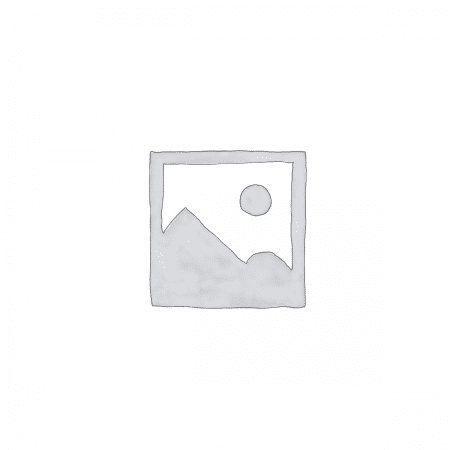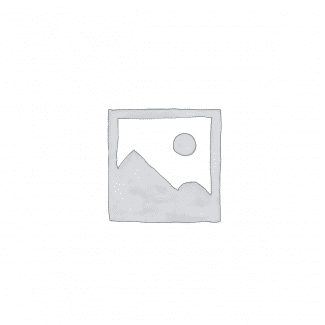ABSTRACT
A quantity of 1 litre each of cow milk and blended (cow/soy) milk was pasteurized and each was inoculated with 5g of a mixed starter culture comprising streptococcus thermophillus, Lactobacillus acidophilus and Lactobacillus bulgariuos and incubated at 500C for 5 hours to ferment to yoghurt. Proximate analysis on both yoghurts showed that there was no significant difference (P>0.05) between the moisture content, protein content and fat content of the two yoghurts samples. The ash content and carbohydrate content of the blended (cow, soy) milk yoghurt were significantly (p<0.05) than that of cow milk yoghurt. Also, significant difference (p, 0.05) was observed in terms of colour between the two yoghurt samples. However, no significant difference (p>0.05) was observed in terms of taste, aroma, consistency and general acceptability of the two yoghurts. Physicochemical analysis showed that the specific gravity of blended (cow/soy) milk was significantly higher (p<0.05) than that of cow milk yoghurt but there was no significant difference (p>0.05) observed in pH and T.T.A of both yoghurts. However, the two yoghurt were generally accepted.
DOWNLOAD COMPLETE WORK- For Reference Only: Materials are for research, citation, and idea generation purposes and not for submission as your original final year project work.
- Avoid Plagiarism: Do not copy or submit this content as your own project. Doing so may result in academic consequences.
- Use as a Framework: This complete project research material should guide the development of your own final year project work.
- Academic Access: This platform is designed to reduce the stress of visiting school libraries by providing easy access to research materials.
- Institutional Support: Tertiary institutions encourage the review of previous academic works such as journals and theses.
- Open Education: The site is maintained through paid subscriptions to continue offering open access educational resources.



